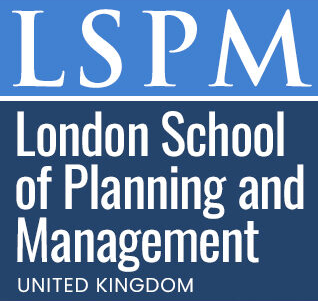Advanced Certificate in 3D Food Printing for Dietary Restrictions
Published on June 19, 2025
About this Podcast
HOST: Welcome to our podcast, where we explore innovative courses that are shaping the future of various industries. I'm thrilled to have [Guest] with us today, an expert in 3D food printing and the instructor of the Advanced Certificate in 3D Food Printing for Dietary Restrictions. Can you tell us a bit about your background and how you got into this fascinating field? GUEST: Of course! I started my career as a food scientist, but I've always been passionate about technology and innovation. I stumbled upon 3D food printing a few years ago and was immediately captivated by its potential to revolutionize personalized nutrition. HOST: It's incredible how this technology can cater to specific dietary needs, like allergies and intolerances. Can you share any interesting experiences or insights related to this application? GUEST: Absolutely. I've worked with clients who have severe food allergies, and the ability to create customized, safe meals for them using 3D food printing has been truly rewarding. It not only meets their dietary restrictions but also allows them to enjoy the experience of eating. HOST: That's amazing! Now, let's talk about industry trends. How is 3D food printing for dietary restrictions gaining traction in the culinary world and among nutrition professionals? GUEST: We're seeing more chefs and nutritionists embrace this technology as they recognize its potential to create innovative, tailored solutions for their clients. As public awareness of dietary restrictions grows, so does the demand for personalized nutrition – and 3D food printing is at the forefront of this movement. HOST: It's clear that there are many benefits to this technology, but I'm sure there are challenges as well. Can you share any obstacles you've encountered while learning or teaching this subject? GUEST: One challenge is the accessibility and cost of 3D food printers, which can be prohibitive for some individuals and organizations. Additionally, there's a learning curve involved in mastering the design and printing process, but with practice and the right resources, it becomes more manageable. HOST: Great points. Looking forward, what do you envision for the future of 3D food printing and its role in addressing dietary restrictions? GUEST: I believe 3D food printing will continue to grow and become a standard tool in professional kitchens and nutrition practices. Its potential to create customized, sustainable, and delicious food options for those with dietary restrictions is limitless, and I'm excited to see where this technology takes us. HOST: Thank you for sharing your insights and expertise with us today. We're confident that the Advanced Certificate in 3D Food Printing for Dietary Restrictions will empower many professionals to make a real difference in the lives of their clients. GUEST: Thank you for having me. I'm looking forward to seeing the positive impact this course will have on the industry and the individuals it serves.
